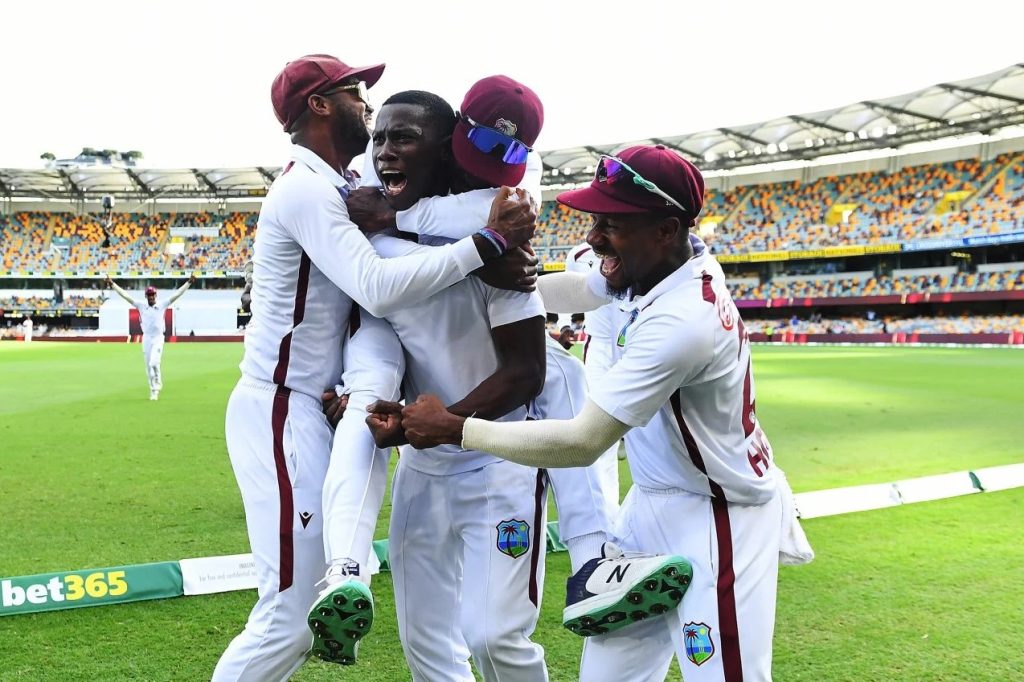Cricket is a sport that requires a fine blend of technical skill, mental strength, and physical fitness. For bowlers, the challenge is even more specialized. They need to master various techniques and develop specific physical and mental attributes to succeed. Whether you’re an aspiring pacer or a spinner, this article outlines the essential skills required to excel as a cricket bowler.
1. Technical Skills
Bowling in cricket is a technical art. Mastering the right techniques ensures consistency and prevents injuries. Here are some key technical aspects:
a. Bowling Action
A smooth, repeatable bowling action is crucial. It should comply with the legal limits of arm extension (15 degrees) as per cricket laws. The bowling action can be categorized into three types:
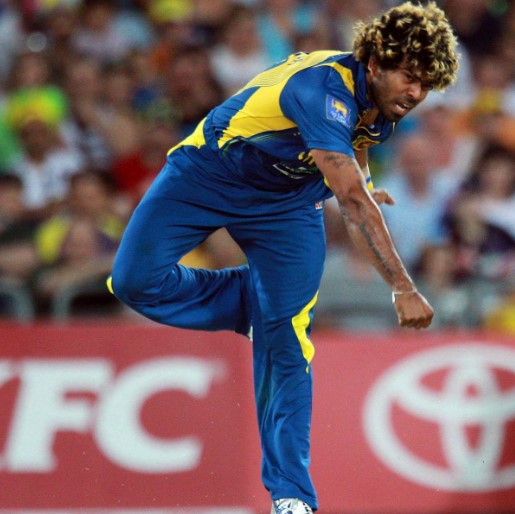
| Bowling Action Type | Description |
|---|---|
| Side-on Action | Bowler’s chest faces sideways during delivery. |
| Front-on Action | Bowler faces the batsman directly. |
| Mixed Action | A blend of side-on and front-on, requiring caution to avoid injury. |
b. Seam and Swing Position
For pace bowlers, controlling the seam and swing is essential. Seam positioning determines movement off the pitch, while swing relies on the shine and aerodynamics of the ball.
| Swing Type | Key Factors |
|---|---|
| Conventional Swing | Seam position, ball condition, and wrist alignment. |
| Reverse Swing | Requires an older ball, high pace, and strong wrist position. |
c. Spin Variations
For spinners, mastering different grips and finger placements can unlock variations such as the off-spin, leg-spin, googly, or doosra.
| Spin Type | Key Characteristics |
|---|---|
| Off-Spin | Turns the ball into a right-handed batsman. |
| Leg-Spin | Turns the ball away from a right-handed batsman. |
| Googly | Leg-spin delivery turning into the batsman. |
| Doosra | Off-spin disguised to turn away from the batsman. |
2. Physical Fitness
A cricket bowler’s body endures repetitive stress. Therefore, physical fitness is paramount.
a. Endurance and Stamina
Fast bowlers need the stamina to sustain their speed over long spells. Spinners, though less physically demanding, also benefit from endurance to maintain accuracy.
b. Strength and Core Stability
Bowling generates significant stress on the shoulders, back, and knees. Strength training for these areas is vital. Core stability enhances balance and reduces injury risk.
c. Flexibility
Flexibility ensures smooth bowling actions and prevents muscle stiffness. Regular stretching and yoga can aid in maintaining flexibility.
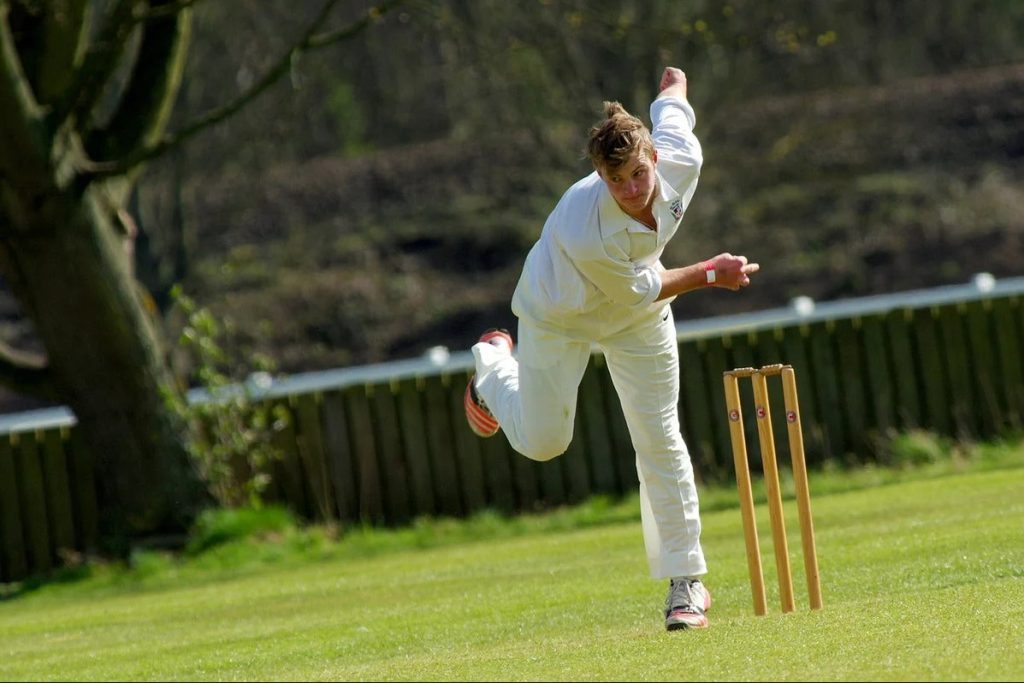
| Fitness Focus Area | Recommended Exercises |
|---|---|
| Endurance | Running, swimming, cycling. |
| Strength | Squats, deadlifts, and shoulder presses. |
| Flexibility | Yoga, dynamic stretches, and foam rolling. |
3. Mental Strength
Bowling in cricket is a mental battle as much as a physical one. Mental resilience separates great bowlers from good ones.
a. Focus and Discipline
Maintaining focus during long spells is essential. Discipline in executing planned deliveries prevents wayward bowling.
b. Handling Pressure
In high-pressure scenarios, bowlers must deliver consistently. Mental conditioning and practice in such situations prepare bowlers for game-day stress.
c. Game Awareness
Reading the batsman’s intentions and adjusting strategies mid-over is critical. This requires sharp observation and adaptability.
| Mental Skill | Importance |
|---|---|
| Focus | Reduces errors and ensures accuracy. |
| Resilience | Keeps the bowler effective under adversity. |
| Game Awareness | Helps outsmart batsmen with tactical variations. |
4. Strategic Understanding
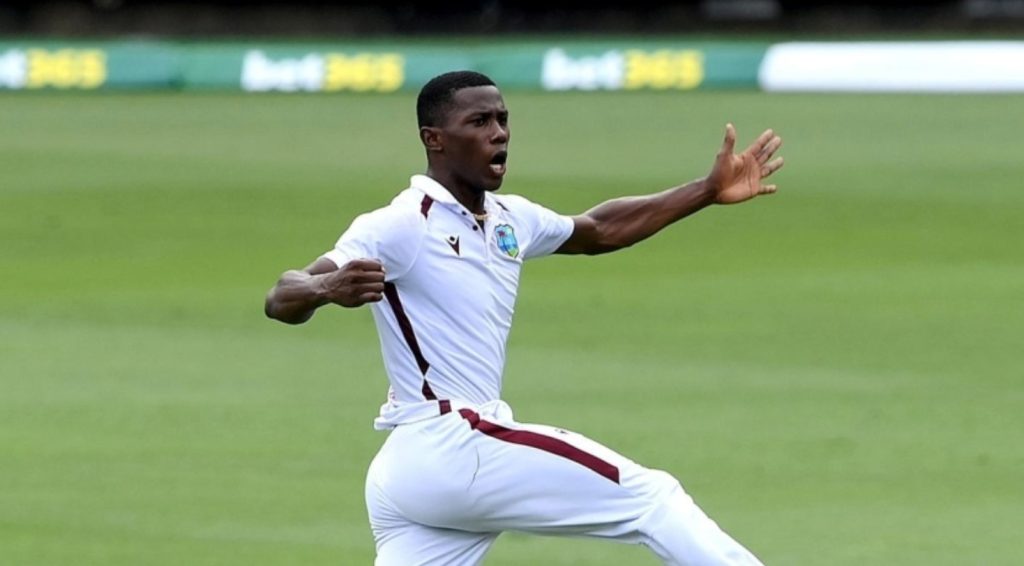
A bowler’s success is often tied to their ability to think strategically.
a. Planning and Execution
Each delivery should be part of a larger plan, whether it’s setting up a batsman for a specific dismissal or building pressure.
b. Field Placement
Field settings complement bowling plans. Bowlers need to communicate effectively with captains to align fielders to their strategies.
c. Variations
Unpredictability is key. Bowlers must vary their pace, line, length, and type of delivery to keep batsmen guessing.
| Tactical Element | Description |
|---|---|
| Line and Length | Consistency forces batsmen into mistakes. |
| Pace Variation | Slower balls disrupt timing. |
| Field Adjustments | Optimizes the chances of taking wickets. |
5. Communication and Teamwork
A bowler’s role isn’t isolated. Success depends on collaboration with teammates.
a. Sync with the Captain
Understanding the captain’s strategy and working cohesively ensures the team’s plans are executed effectively.
b. Feedback and Adaptation
Listening to advice from teammates or coaches can help refine techniques and strategies.
| Teamwork Aspect | Benefits |
|---|---|
| Captain’s Support | Aligns bowler’s plans with the team’s goals. |
| Coaching Feedback | Identifies areas for improvement. |
| Peer Communication | Builds morale and provides in-game insights. |
6. Continuous Learning
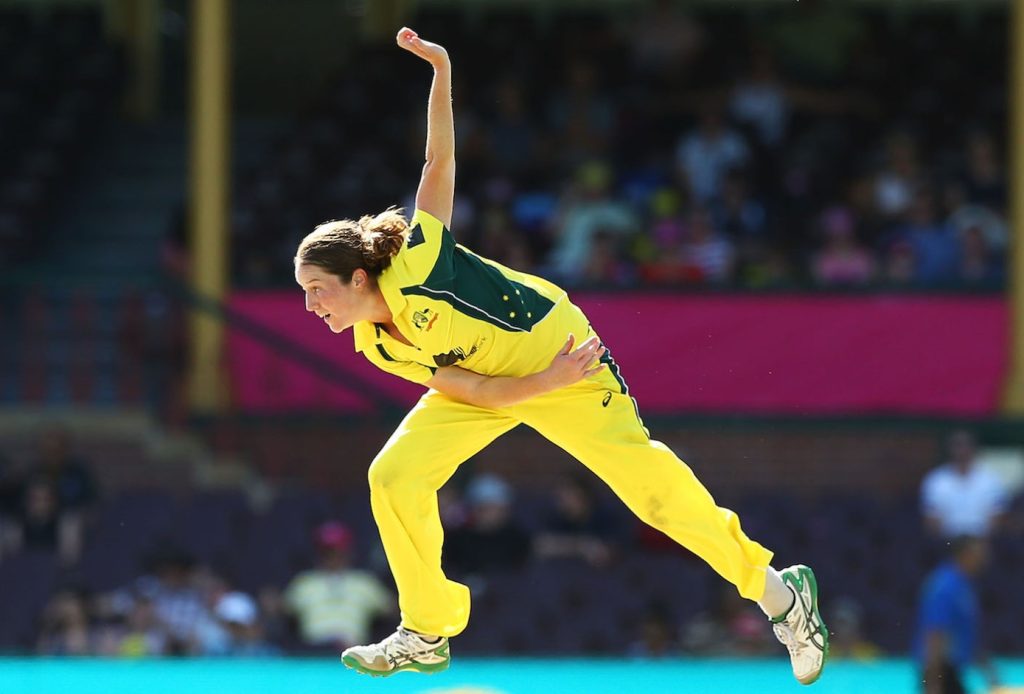
Cricket evolves constantly, and so must bowlers. Observing other players, analyzing personal performances, and embracing new techniques or strategies are key to growth.
a. Watching and Learning
Studying legendary bowlers provides insights into handling different conditions and batsmen.
b. Feedback Analysis
Using video analysis and performance data highlights areas for improvement.
| Learning Tool | Usage |
|---|---|
| Video Analysis | Identifies flaws in bowling action or strategy. |
| Performance Metrics | Tracks consistency, economy rate, and wicket count. |
| Peer Observation | Provides alternative perspectives. |
Becoming a successful cricket bowler requires a combination of technical proficiency, physical fitness, mental toughness, strategic thinking, teamwork, and a commitment to continuous learning. By focusing on these areas and putting in consistent effort, aspiring bowlers can make significant strides in their game. Remember, the path to mastery is a journey, and with dedication, success is inevitable.
